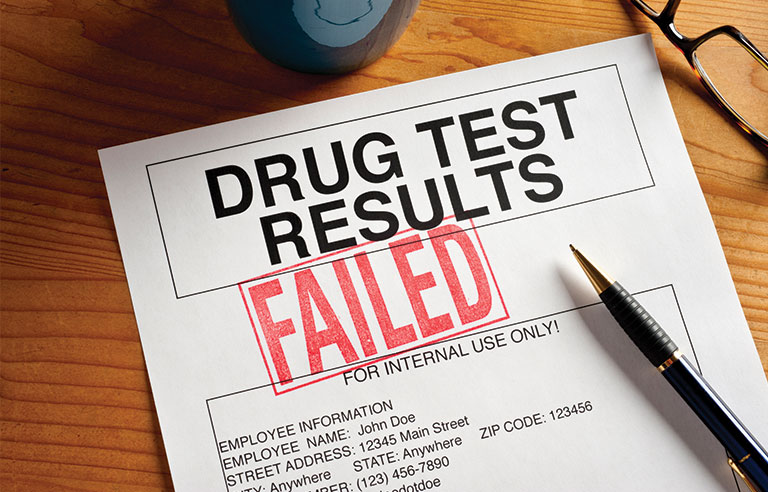Overhead Damage: How Not to Make a Convertible Out of Your Truck or Trailer!
An overhead damage accident is something that can be prevented. It involves damage to the roof, sides, front, and rear of a truck or trailer.
Here are some tips for drivers to prevent this type of damage:
-
When you call your customer for directions to their facility, keep in mind that the person giving you directions drives there every day in a car. They may not realize that the bridges and overpasses you will encounter might not be high enough for your truck. Specifically ask if the directions they provided are on a truck route and if there are any low clearances. Regardless of the information you receive, proceed with caution, as you are the one responsible for any damage caused.
-
Overhead clearances are often posted in advance of most underpasses and tunnels, but be aware that new asphalt may have been laid on the road, reducing clearance by a couple of inches. Stay alert for road construction near underpasses, bridges, and tunnels.
-
Just because other trucks are passing through doesn't mean your truck will fit under the bridge, tunnel, etc.
-
If a marked or unmarked overpass looks low, slow down immediately, turn on your four-way flashers, and carefully approach the overpass. Stop and check your actual clearance.
-
Many bridges and overpasses are not perfectly straight; the sides are often lower than the center. If possible, cross under in the inside lane.
-
If you can, check the road elevation on the other side of the bridge. A sharp incline or decline could cause trouble. You may fit under the bridge while entering, but as you exit, the body or trailer could be pushed up into the bridge due to the change in road elevation.
-
In winter, snow and ice on the roadway can reduce the clearance enough to cause damage.
-
If you find you cannot proceed through a low overhead and traffic is congested around you, it’s better to call the police for assistance in backing out of the situation. Backing against traffic to maneuver could cause an accident.
Do I need a CDL license to operate that truck?
Answer: The regulations addressing this question can be found in FMCSA CFR 383.3.
§383.3 Applicability
(a) The rules in this part apply to every person who operates a commercial motor vehicle (CMV) in interstate, foreign, or intrastate commerce, to all employers of such persons, and to all States. The definition of a commercial motor vehicle for this regulation is as follows:
Commercial Motor Vehicle (CMV): A motor vehicle or combination of motor vehicles used in commerce to transport passengers or property if the motor vehicle:
- a) Has a gross combination weight rating (GCWR) of 11,794 kilograms (26,001 pounds) or more, including a towed unit(s) with a gross vehicle weight rating (GVWR) of more than 4,536 kilograms (10,000 pounds);
- b) Has a gross vehicle weight rating (GVWR) of 11,794 kilograms (26,001 pounds) or more;
- c) Is designed to transport 16 or more passengers, including the driver; or
- d) Is of any size and is used in the transportation of hazardous materials as defined in this section.
Frequently Asked Questions Addressed by the FMCSA:
-
May a person operate a CMV wholly on private property (not open to public travel) without a CDL?
Answer: YES -
Do mechanics, salespeople, shop helpers, and occasional drivers need a CDL if they are only test-driving a CMV?
Answer: YES, if the CMV is operated on a public street, road, or highway. -
I have moved. How long do I have to get my CDL reissued by my new state of residence?
Answer: 30 days.
-
Do the regulations require a CDL for a person driving an empty school bus for a test drive or transport?
Answer: YES, if the bus is designed to transport 16 or more passengers, or if the bus has a Gross Vehicle Weight Rating (GVWR) exceeding 26,000 pounds, a CDL is required. However, since the bus is empty, a passenger endorsement would not be necessary. -
A driver operates a tractor with exactly a 26,000-pound GVWR, towing a trailer with exactly a 10,000-pound GVWR, for a Gross Combination Weight Rating (GCWR) of 36,000 pounds. Hazardous materials (HM) and passengers are not involved. Is this a CMV, and does the driver need a CDL?
Answer: No to both questions. Although the vehicle has a GCWR of 36,000 pounds, it is not considered a CMV under any part of the definition in §383.5. Therefore, a CDL is not federally required.
Clearinghouse to Downgrade CDLs Monday November 18
This is a reminder that, beginning November 18, 2024, the Federal Motor Carrier Safety Administration’s (FMCSA) Drug and Alcohol Clearinghouse will begin downgrading CDL drivers who have a drug or alcohol violation in the system. The Clearinghouse-II rule requires State Driver Licensing Agencies (SDLAs) to remove commercial driving privileges for drivers in a "prohibited" status in the Clearinghouse, resulting in a downgrade of their CDL until the driver completes the return-to-duty process.
The Clearinghouse-II rule also includes the following requirements:
- SDLAs must query the Clearinghouse before issuing, renewing, upgrading, or transferring CDLs, as well as when issuing, renewing, or upgrading Commercial Learner’s Permits (CLPs).
- SDLAs must review a driver’s information when notified by FMCSA of any changes to the driver’s Clearinghouse status.
- SDLAs with legislative authority may voluntarily query the Clearinghouse and downgrade CDLs for prohibited drivers before the November 18, 2024 compliance date.
Currently, there are over 170,000 CDL drivers in a prohibited status after failing drug testsand not completing the federal return-to-duty process. The automatic downgrading of CDLs due to drug or alcohol violations will make it even more challenging for companies to attract and retain qualified commercial drivers.










